In Monroe County, West Virginia, a remarkable discovery was made by John H. Bryan, a civil rights lawyer and YouTuber.
Inside an old plantation house, he uncovered a Revolutionary War fort, a find that connects directly to the early days of the United States.
The Initial Purchase and Discovery
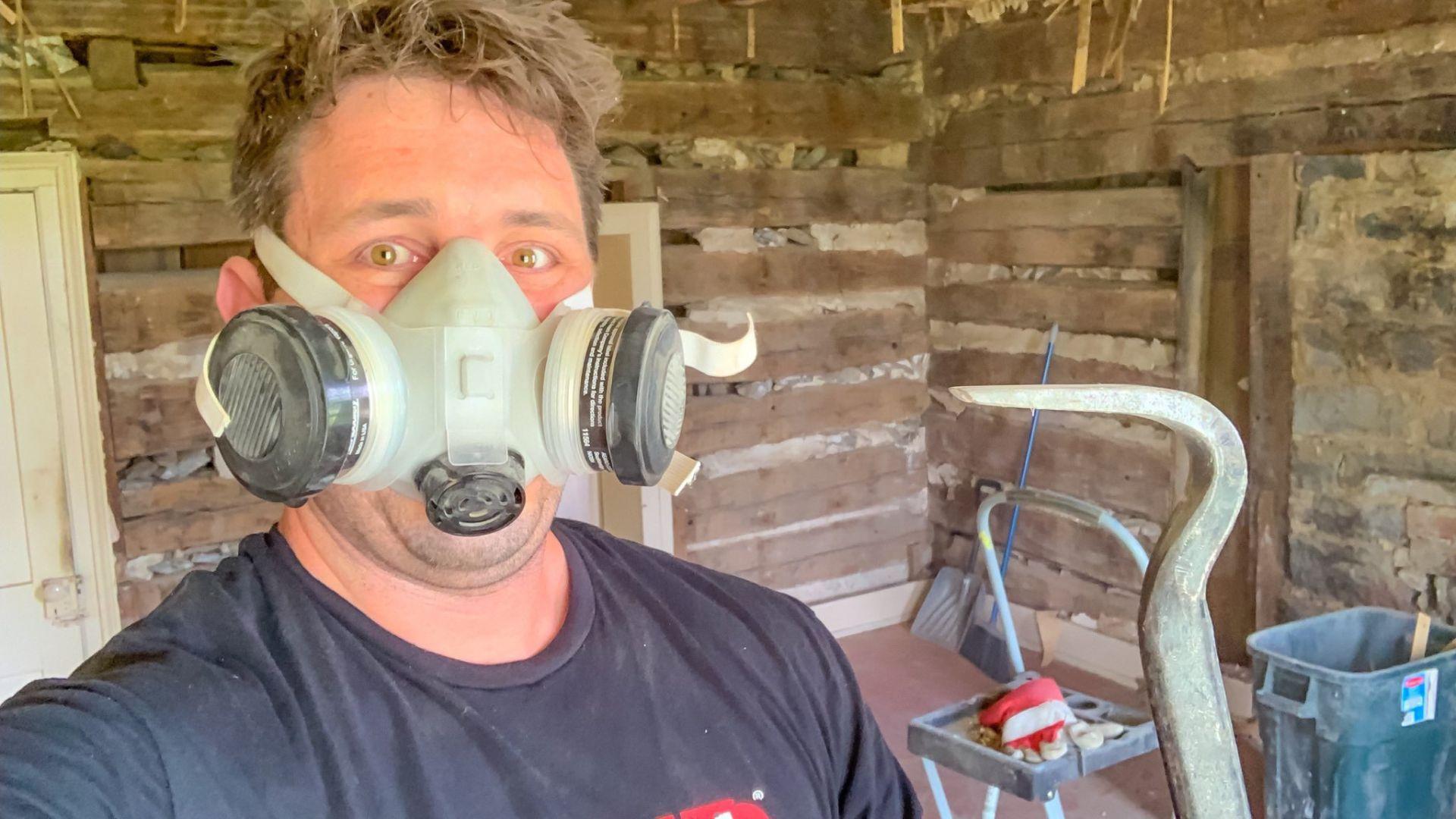
The New York Post revealed that Bryan, upon acquiring an old plantation house, suspected that it concealed a piece of American history. His belief that a Revolutionary War fort was buried within the home’s walls led him to purchase the property.
“We closed on the place and literally drove the mile down the road, and I took a crowbar to it like 10 minutes later,” Bryan said, describing his eagerness to confirm his suspicions about the house’s historical significance.
Unveiling Bryrnside’s Fort
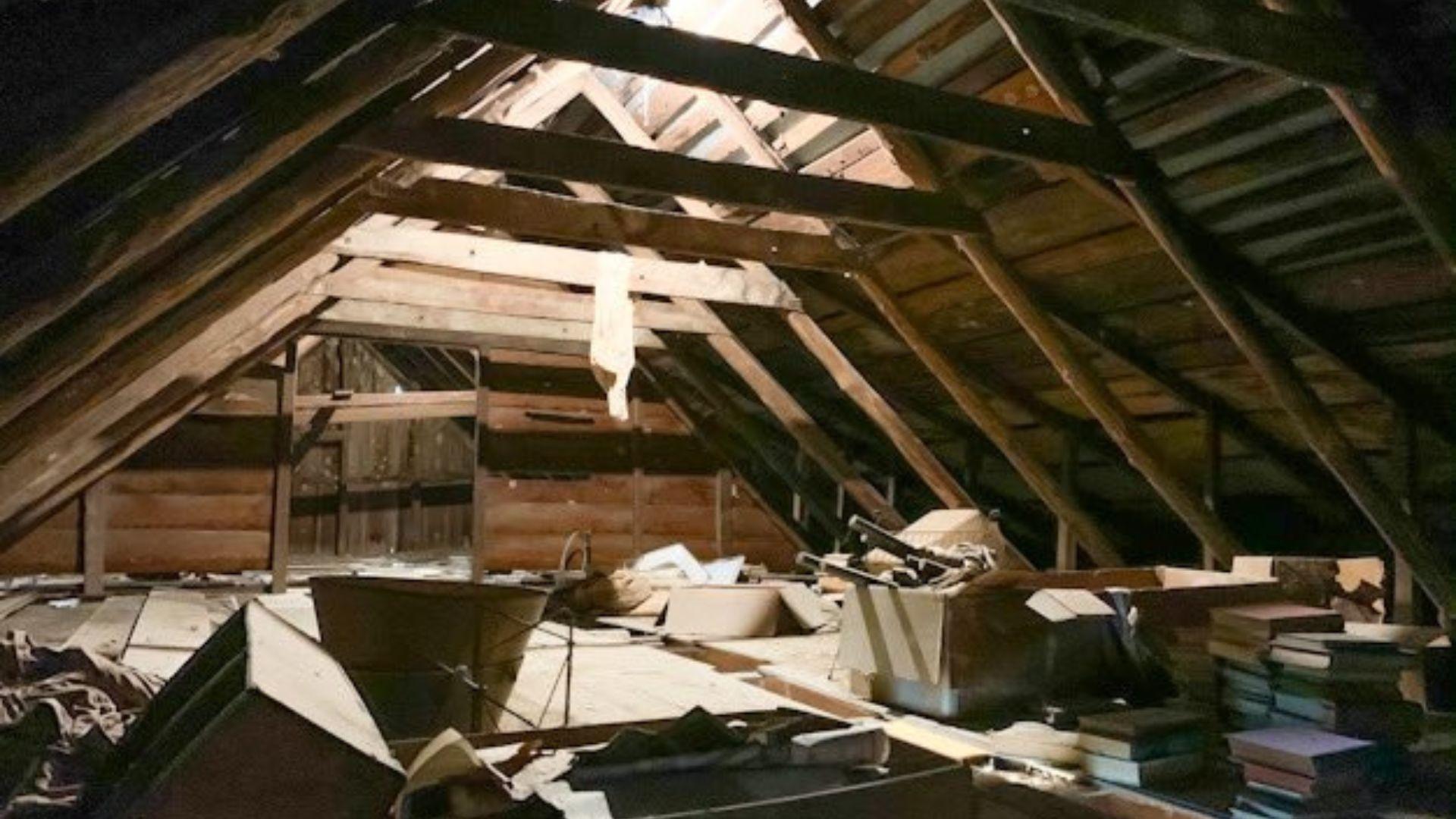
Behind a thick layer of plaster in the home, Bryan discovered evidence of Bryrnside’s Fort, a log fortress dating back to the American Revolution, as reported by The New York Post.
This find was a significant historical revelation, providing a tangible connection to the nation’s formative period.
Sharing the Discovery on Social Media
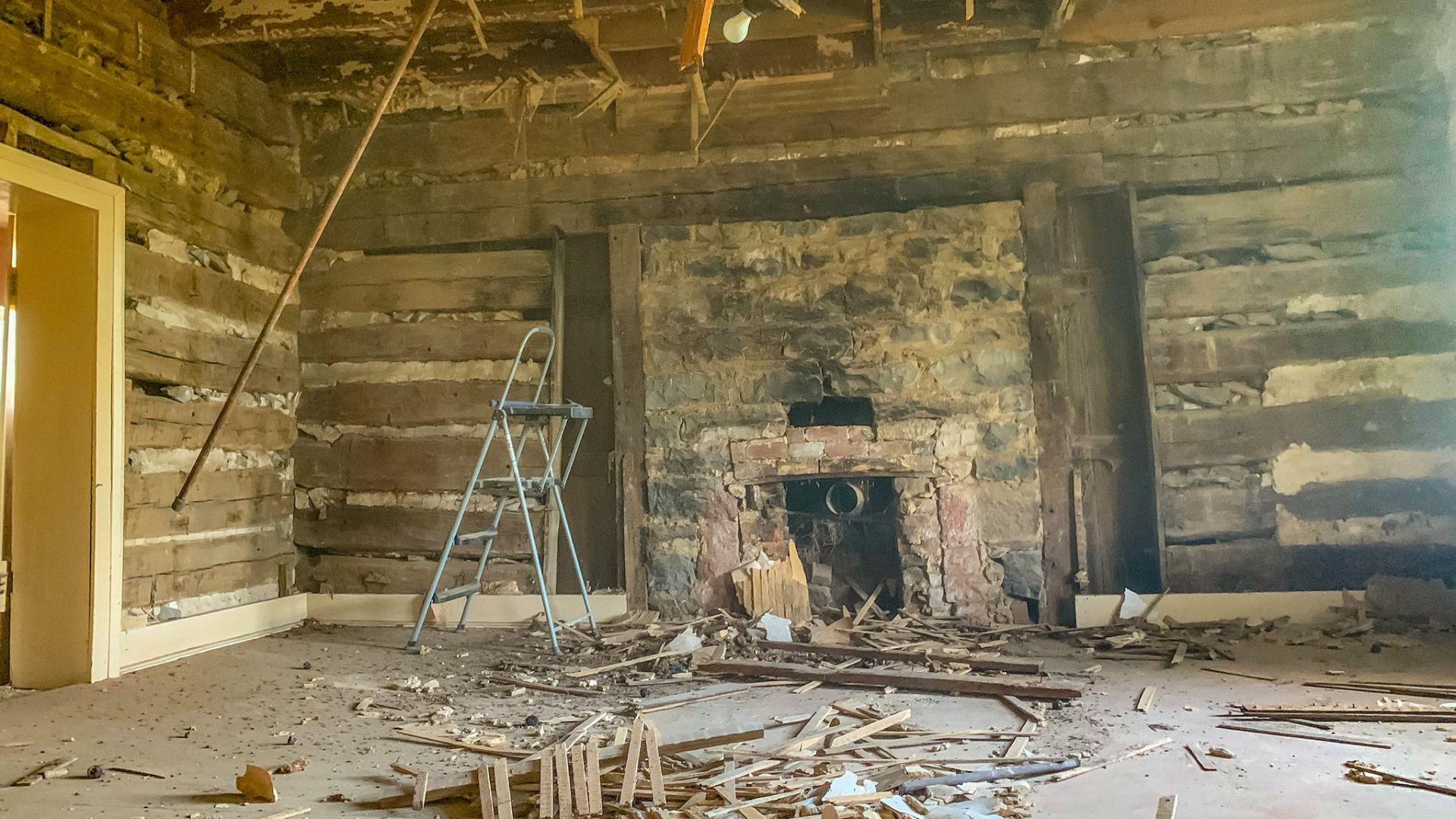
Bryan took to social media to document his findings, creating a viral thread on X, formerly known as Twitter, that showcased the process of uncovering the fort.
His posts, filled with photos of the house’s transformation, captivated thousands of online followers, attracting widespread interest and engagement.
The Restoration Process
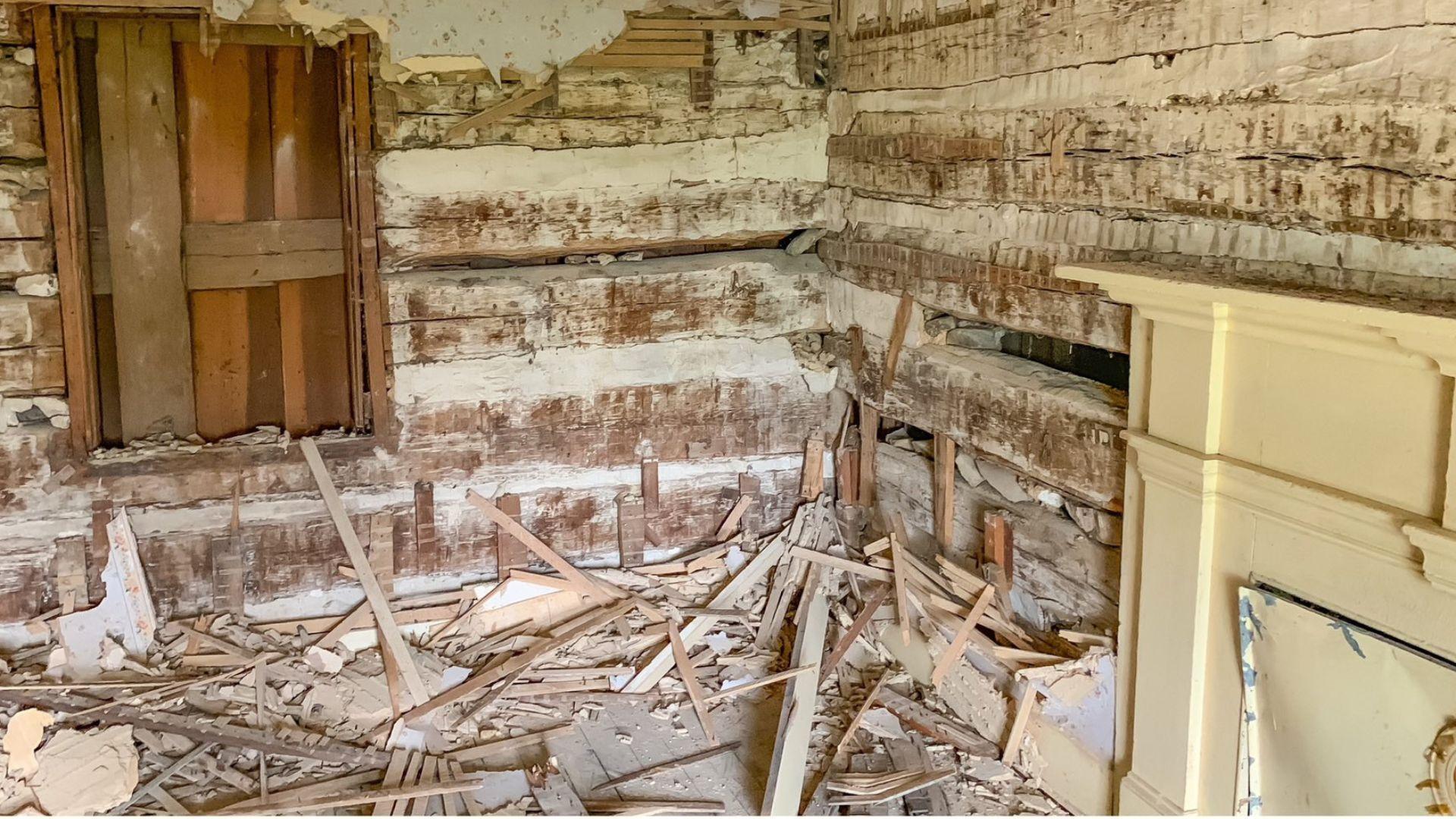
The Daily Mail reported that the restoration of the house revealed its original structure, with walls lined with perfectly preserved wide-plank oak.
Bryan’s dedication to uncovering and restoring these historical elements transformed the modern home back into a piece of living history, showcasing the craftsmanship and materials of the Revolutionary era.
Discovering a Family’s Past

The New York Post shared that in addition to uncovering the fort, Bryan found a vast array of antiques within the house and its grounds.
These items, ranging from a Civil War-era dress to a family photo in a gilded frame, offered a glimpse into the lives of the families who had inhabited the home across centuries, preserving their legacy and connecting the present with the past.
War Artifacts and Memorabilia
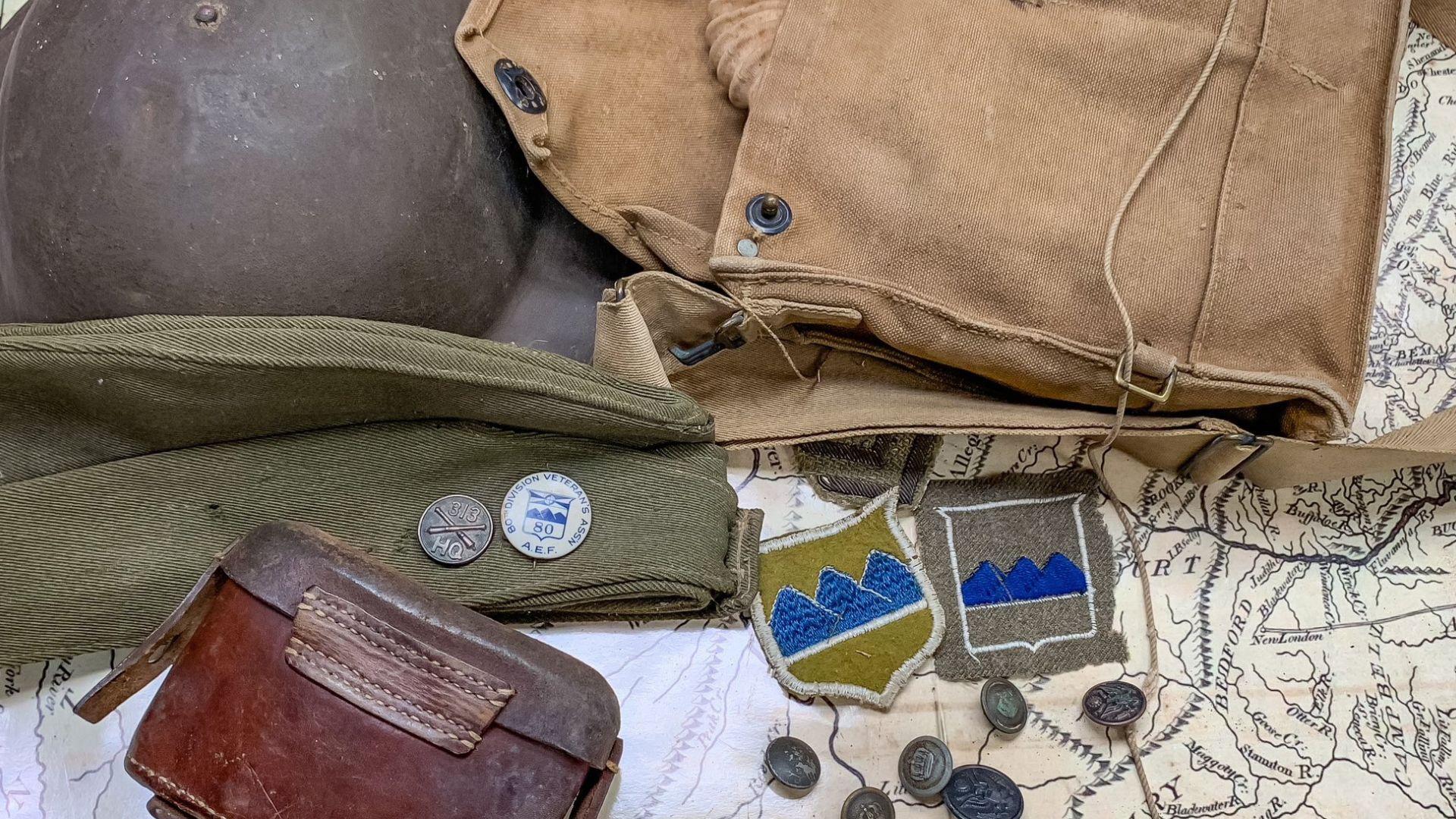
Among the discoveries were artifacts from World War I, including a gas mask and other memorabilia.
The Daily Mail notes that these items belonged to the father of the house’s last occupant.
Public Reaction and Support
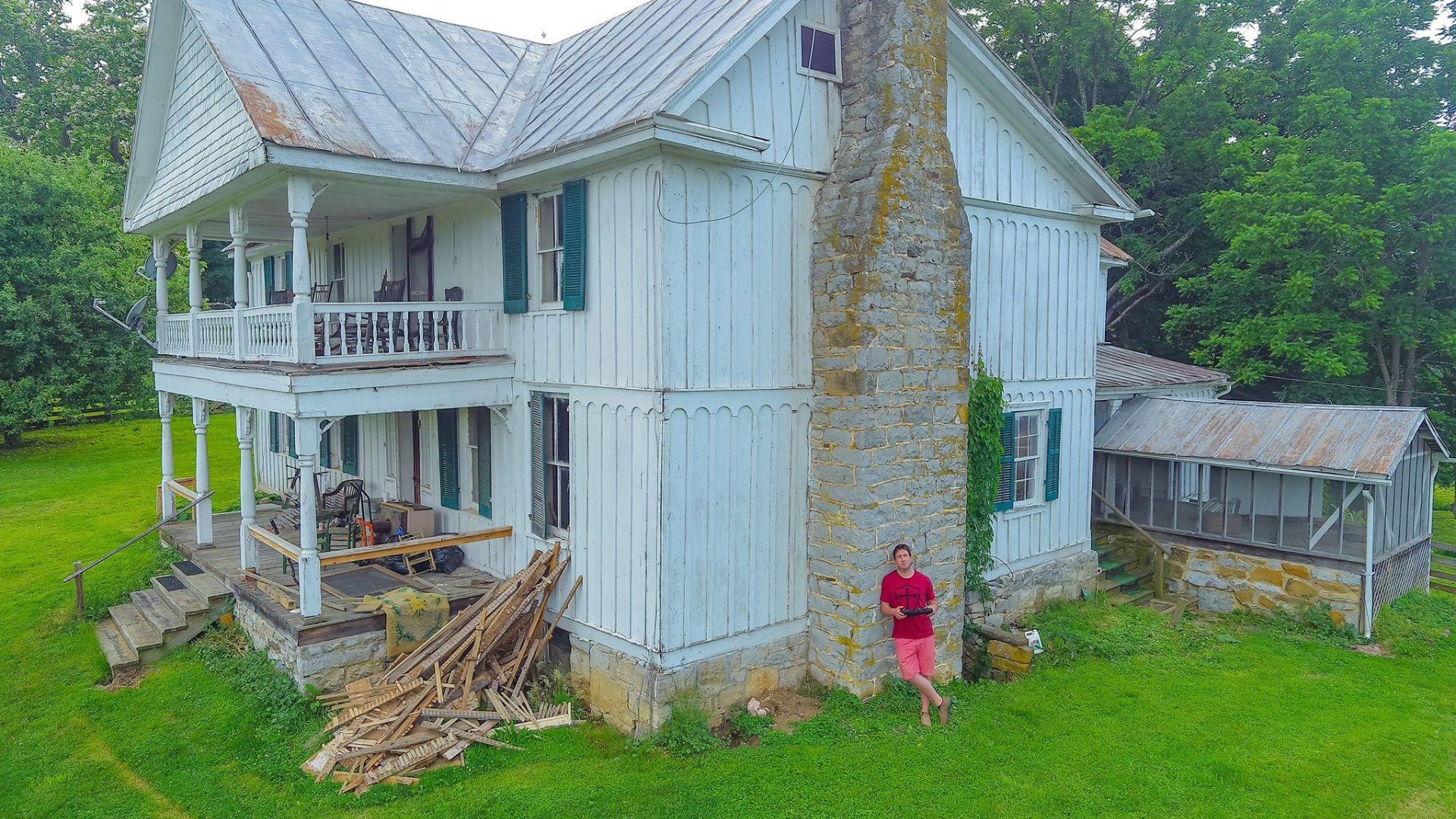
Bryan’s project garnered enthusiastic support and admiration from the public. The Daily Mail shares that followers of his social media thread expressed their appreciation for his efforts in bringing this slice of American history to light.
Comments ranged from expressions of amazement to gratitude for the opportunity to experience a unique historical journey through his posts. One user commented: “What a treasure trove of great finds, along with a lot of painstaking work.” Meanwhile, another said, “Thank you for letting us all go back in time.”
Renewed Motivation for the Project
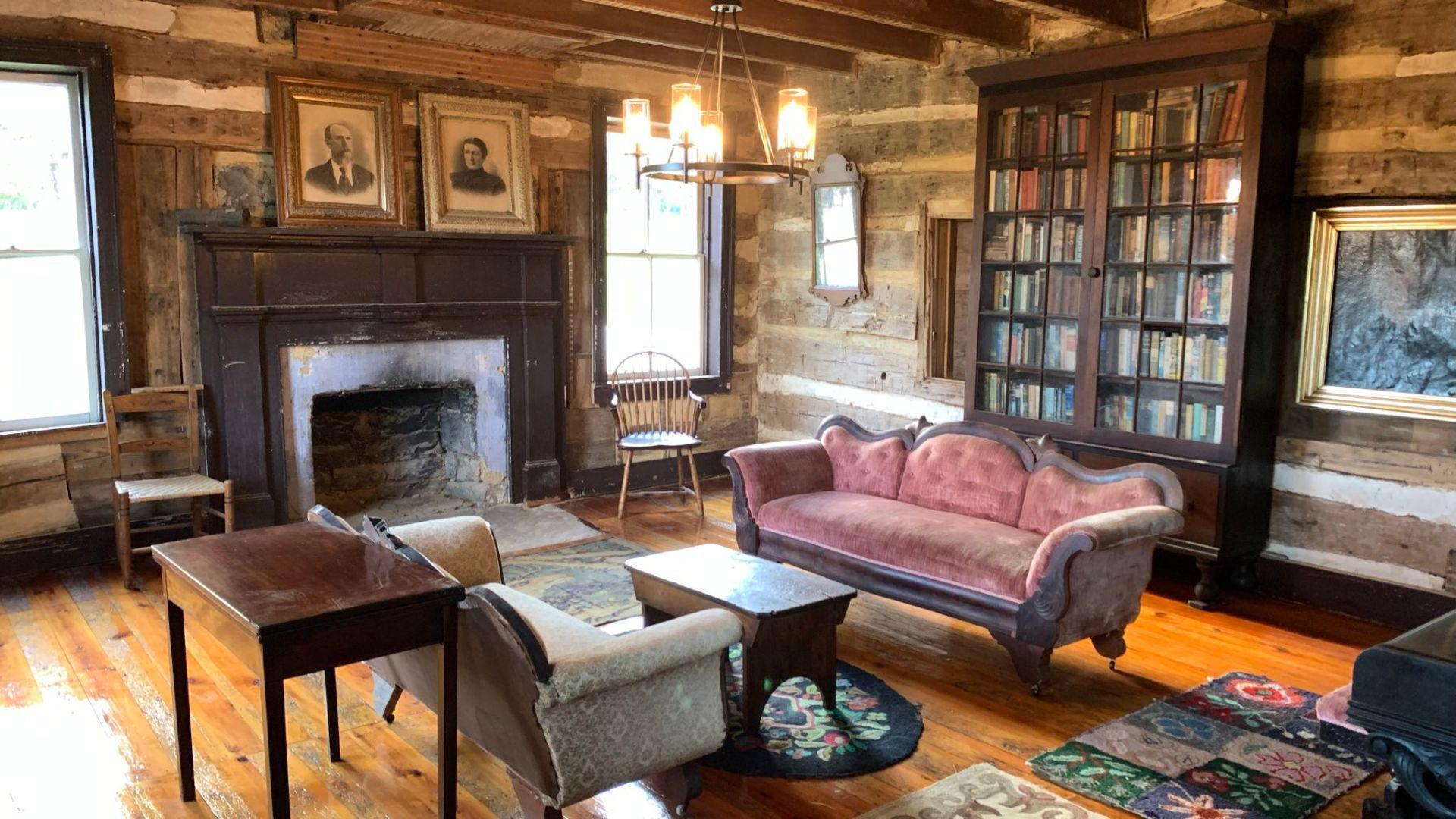
The positive response to his social media posts reinvigorated Bryan’s commitment to the renovation project.
The New York Post notes that while his YouTube channel’s success had previously slowed progress, the public’s enthusiasm inspired him to continue working on the property, with the goal of eventually opening it to visitors.
The Significance of Byrnside’s Fort
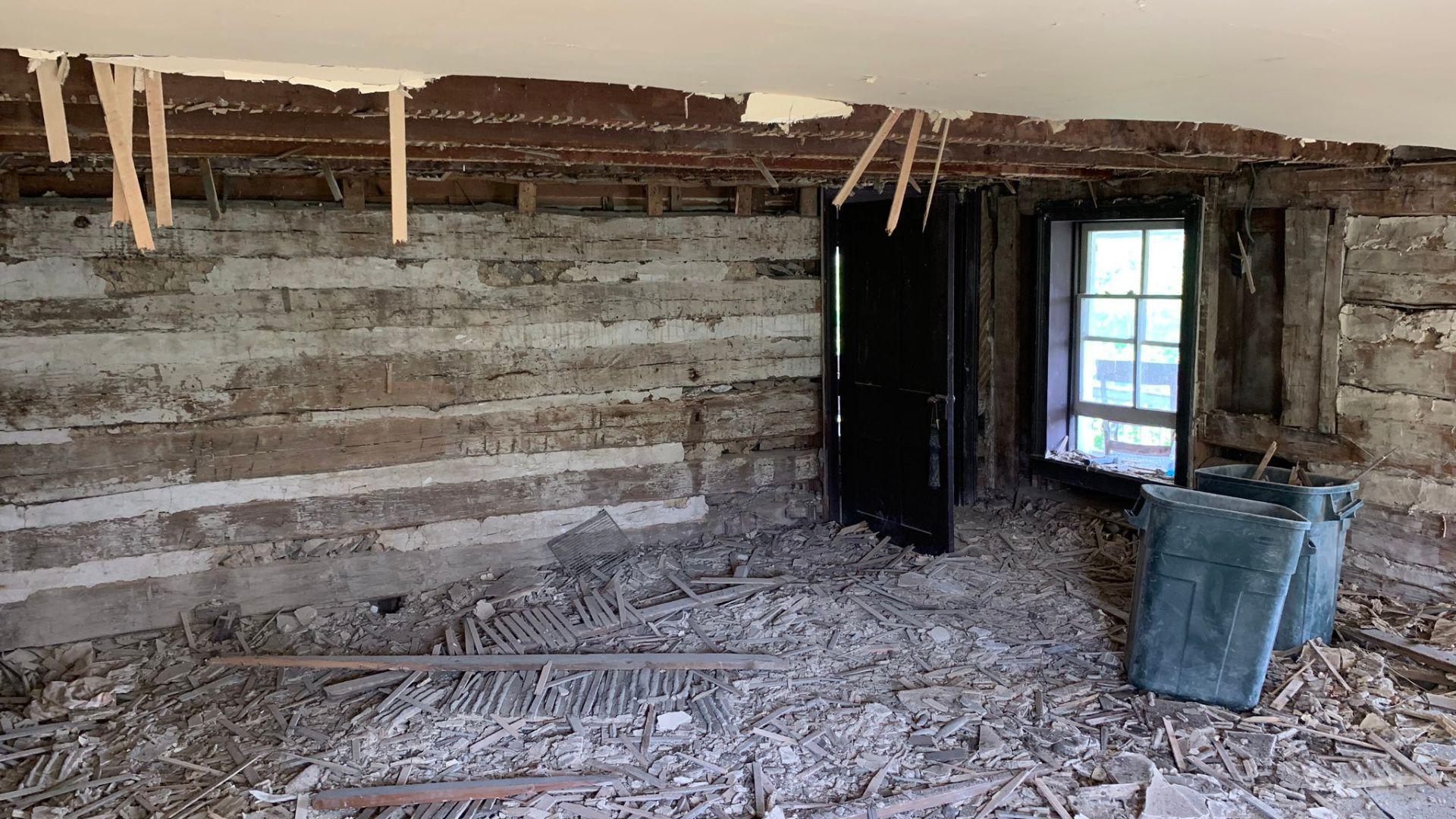
Byrnside’s Fort, dating back to 1770, is believed to be the last of its kind remaining along the original Virginia frontier.
Bryan emphasized its uniqueness to The Daily Mail, saying, “Most, if not all, are nothing but stains in the ground … this one, you can see and touch all the original architectural features that nobody living has ever seen.”
The Historical Context of Byrnside’s Participation

During the battle of Point Pleasant, James Byrnside played a significant role. This battle was the last battle fought as a British Colony before the Revolutionary war began in 1775.
This battle was a pivotal moment that allowed local settlers to consider their future in what would become the Revolutionary War.
A Tragic Dinner in 1763

In 1763, two families from Greenbrier faced an attack following a dinner with local tribesmen.
This event was a tragic moment in the history of West Virginia settlers that resulted in a vow for a strategic and tough approach to defense and settlement.
The Aftermath and Rebuilding Efforts
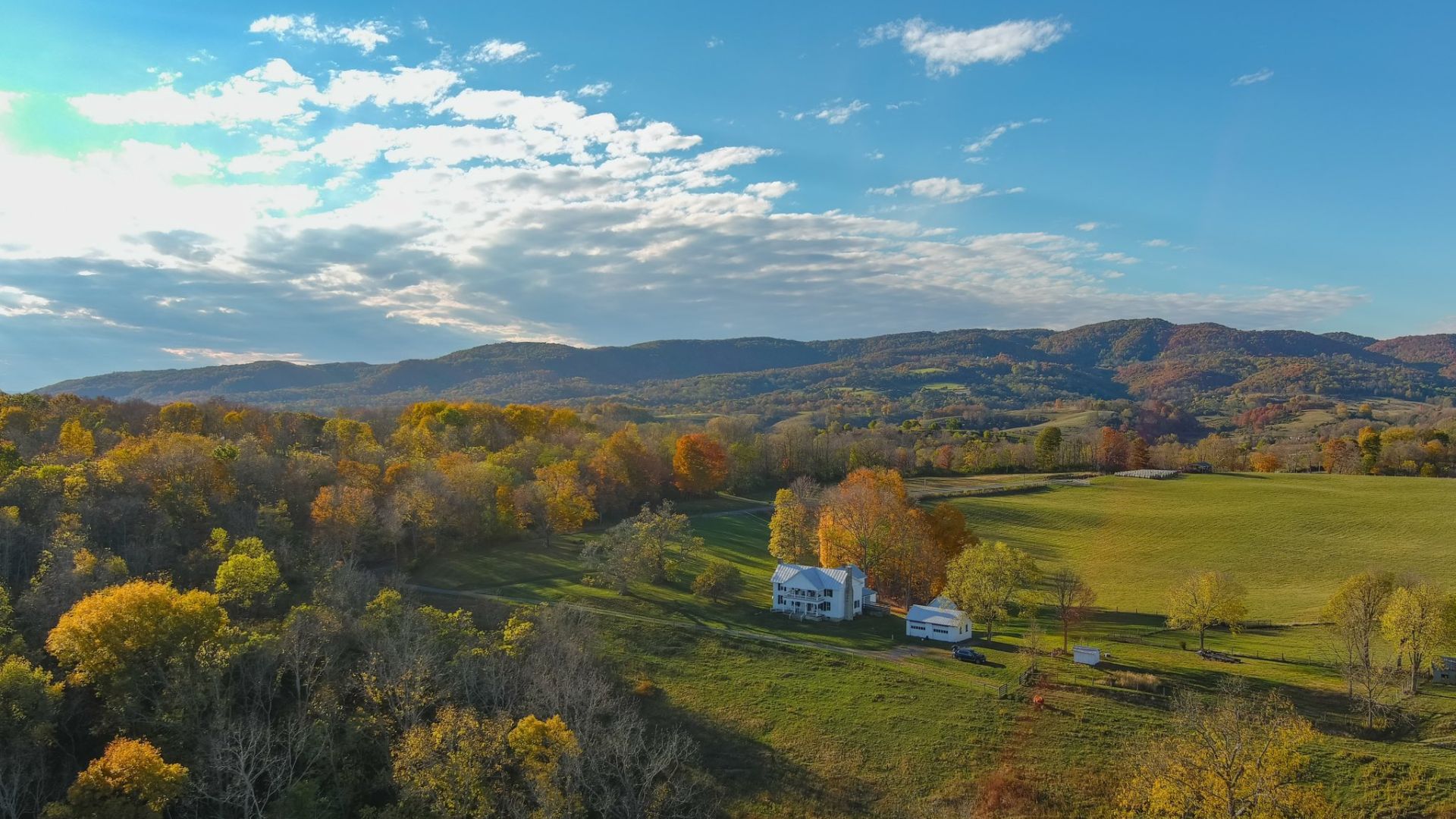
In response to the attacks, “They burned every cabin that was in the entire valley,” Bryan recounted.
This drastic action left the valley deserted for seven years, showcasing the profound impact of the attack on the settlers’ willingness to return and rebuild, which led to the eventual establishment of Byrnside Fort.
The Construction of Byrnside Fort
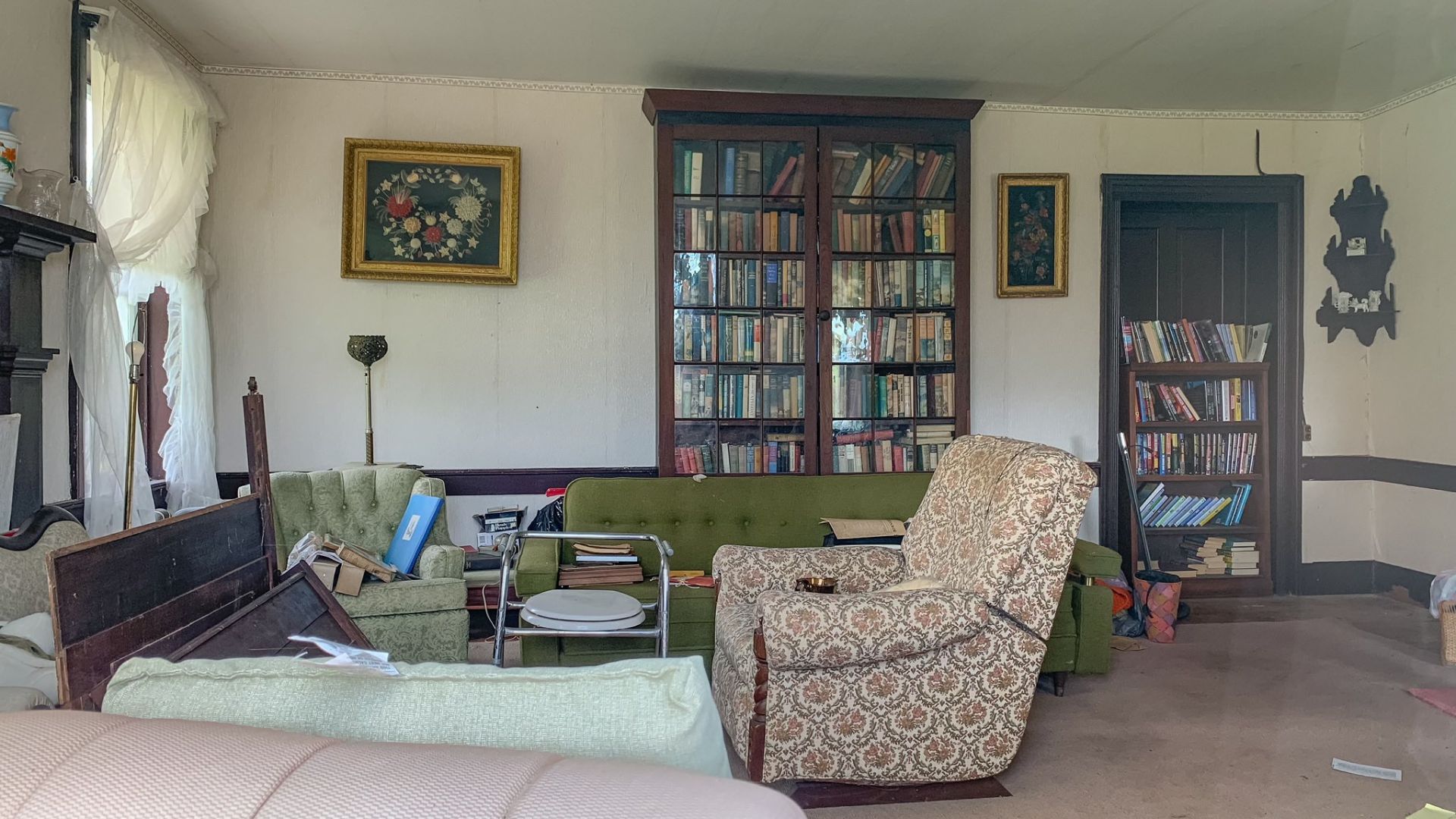
The fort, built as a three-story structure with a full basement built into the bedrock and surrounded by a stockade wall, was part of a larger defensive strategy.
Bryan described the discovery of the stockade as an ‘ah ha moment,’ highlighting the architectural integration of the house itself into the fort’s wall, likening it to a castle.
Communal Living for Survival
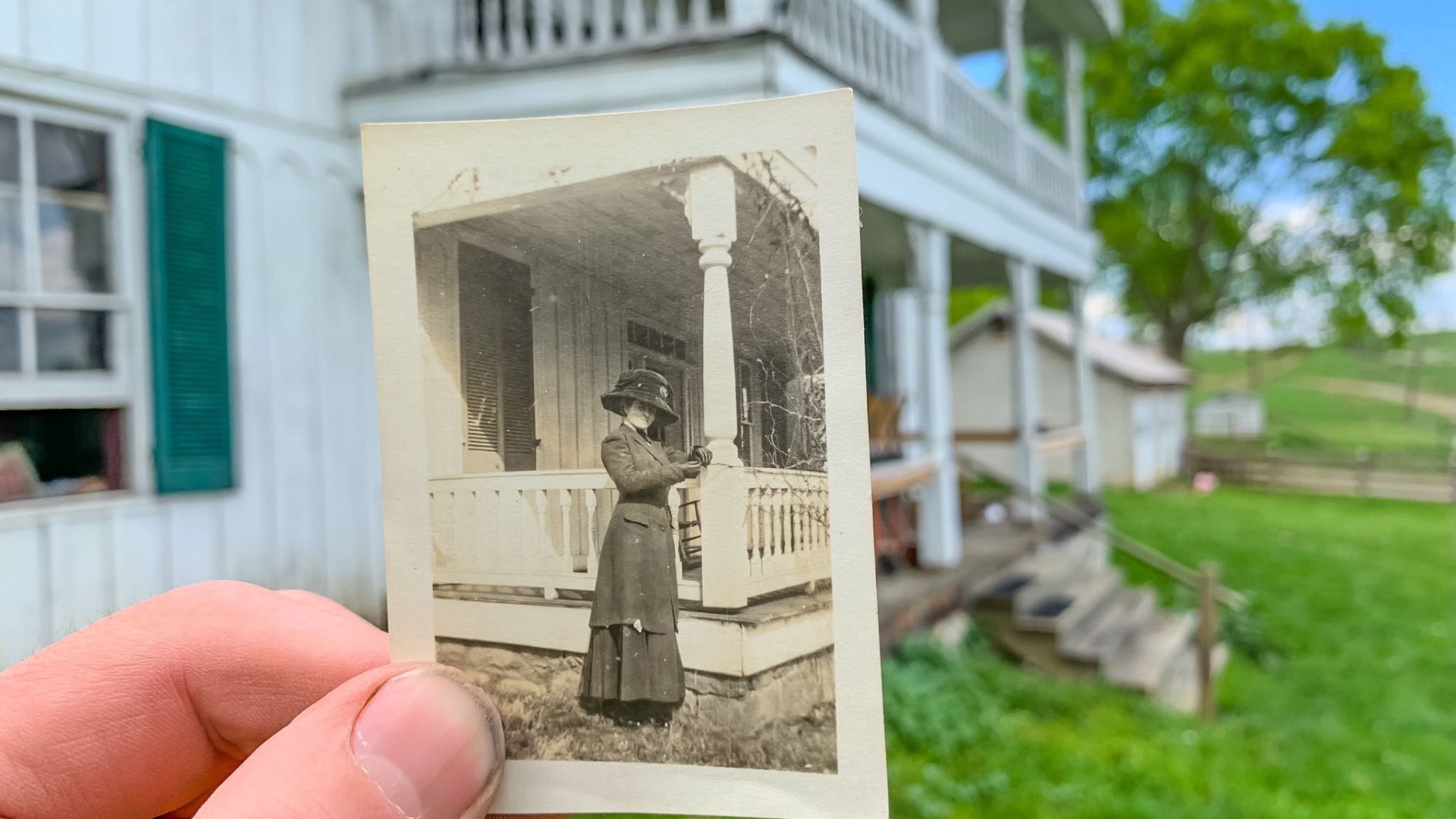
In order to protect themselves against frequent attacks, the settlers at Byrnside Fort adapted to a new communal way of living.
“They would go out during the day under armed guard and farm, harvest their crops, do whatever they need to do and then come back to the fort to live communally at night,” Bryan explained.
The Controversial James Byrnside
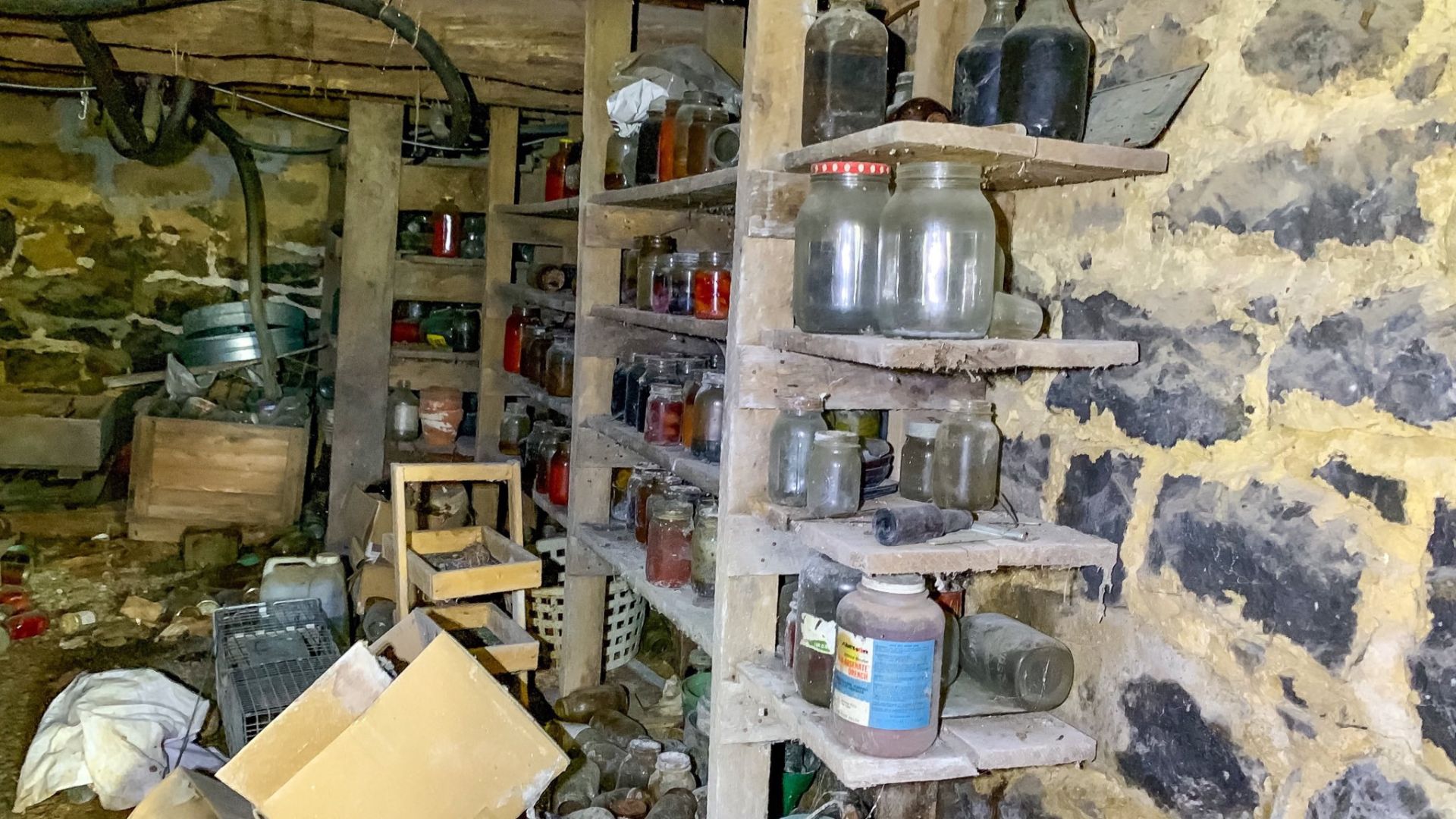
James Byrnside, the original resident of the fort, was a controversial figure.
Described by Thomas Jefferson as “a great and notorious villain, obnoxious to everybody near him,” Byrnside’s personal life and decisions left a complex legacy, including leaving his family to live with another woman.
Ownership Transition to George Bierne
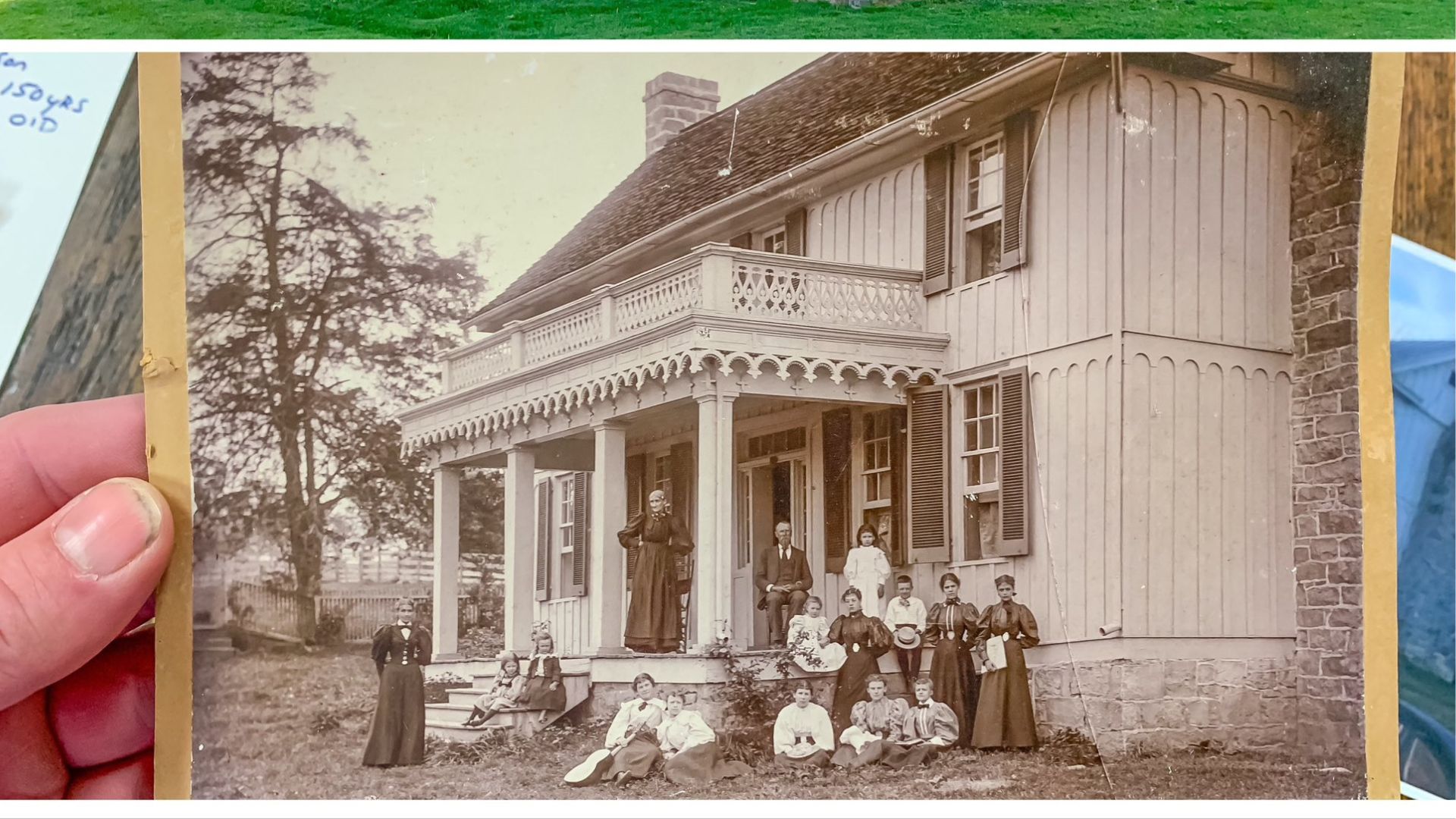
The Byrnside family sold the farm in 1827, to George Bierne.
Bierne was a wealthy local man who was buying large areas of surrounding plantations.
Civil War Contributions by Christopher Bierne
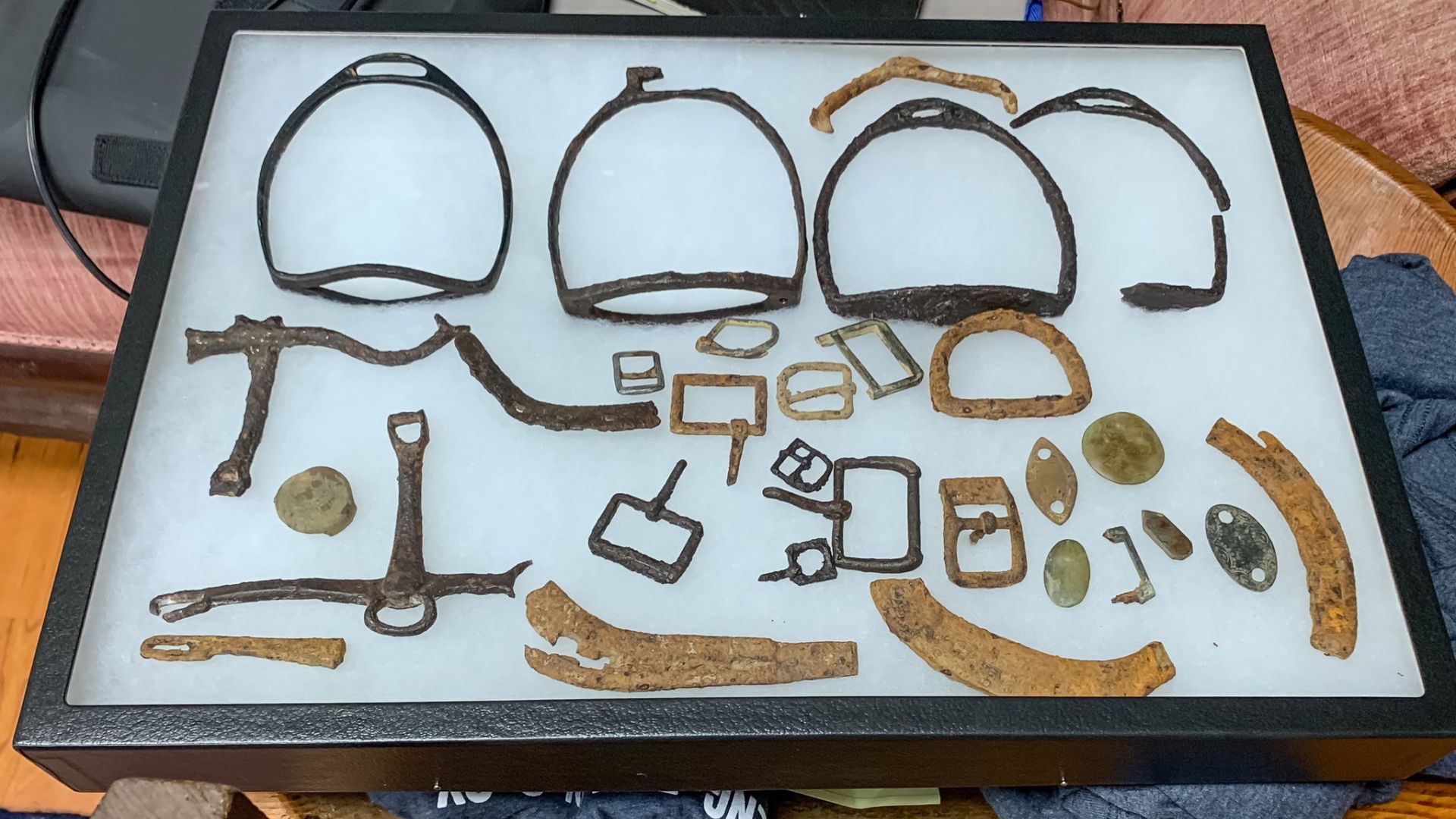
During the Civil War, George’s son, Christopher Bierne, who had taken over the plantation, played a crucial role in supporting the Confederate war effort.
His management of the plantation to provide supplies like bulk corn, beef, hay, and pork was documented in receipts found in the National Archive, totaling payments of $23,325.71, equivalent to more than $450,000 today.
The Johnson Family Era
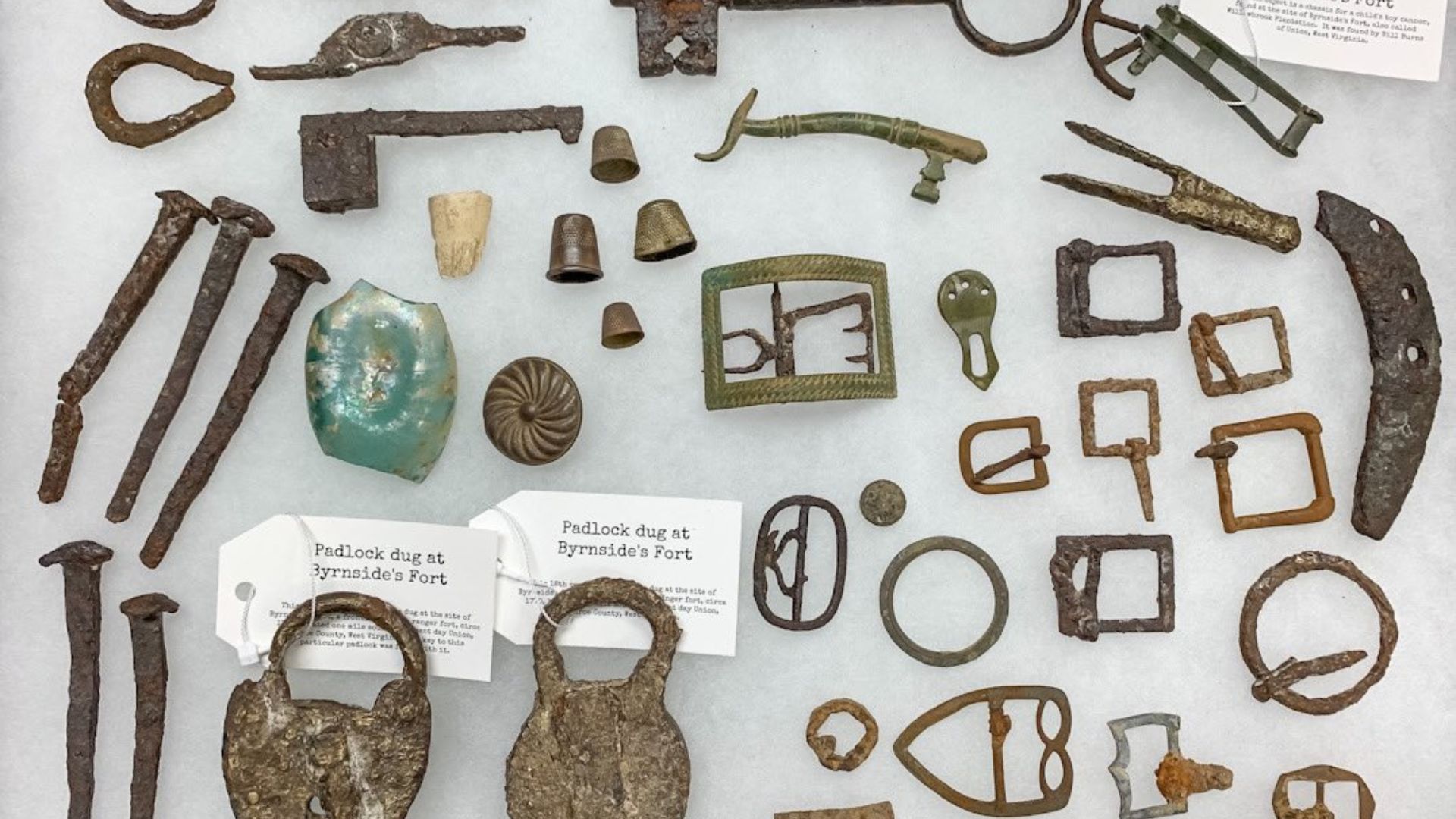
After the Civil War, the home was then sold to the Johnson family in 1869, who maintained ownership for the next 150 years.
This period added to the fort’s layered history, as the family preserved its legacy and the belongings of its residents, offering a glimpse into the life and times of its inhabitants across generations.
Preserving Historical Artifacts
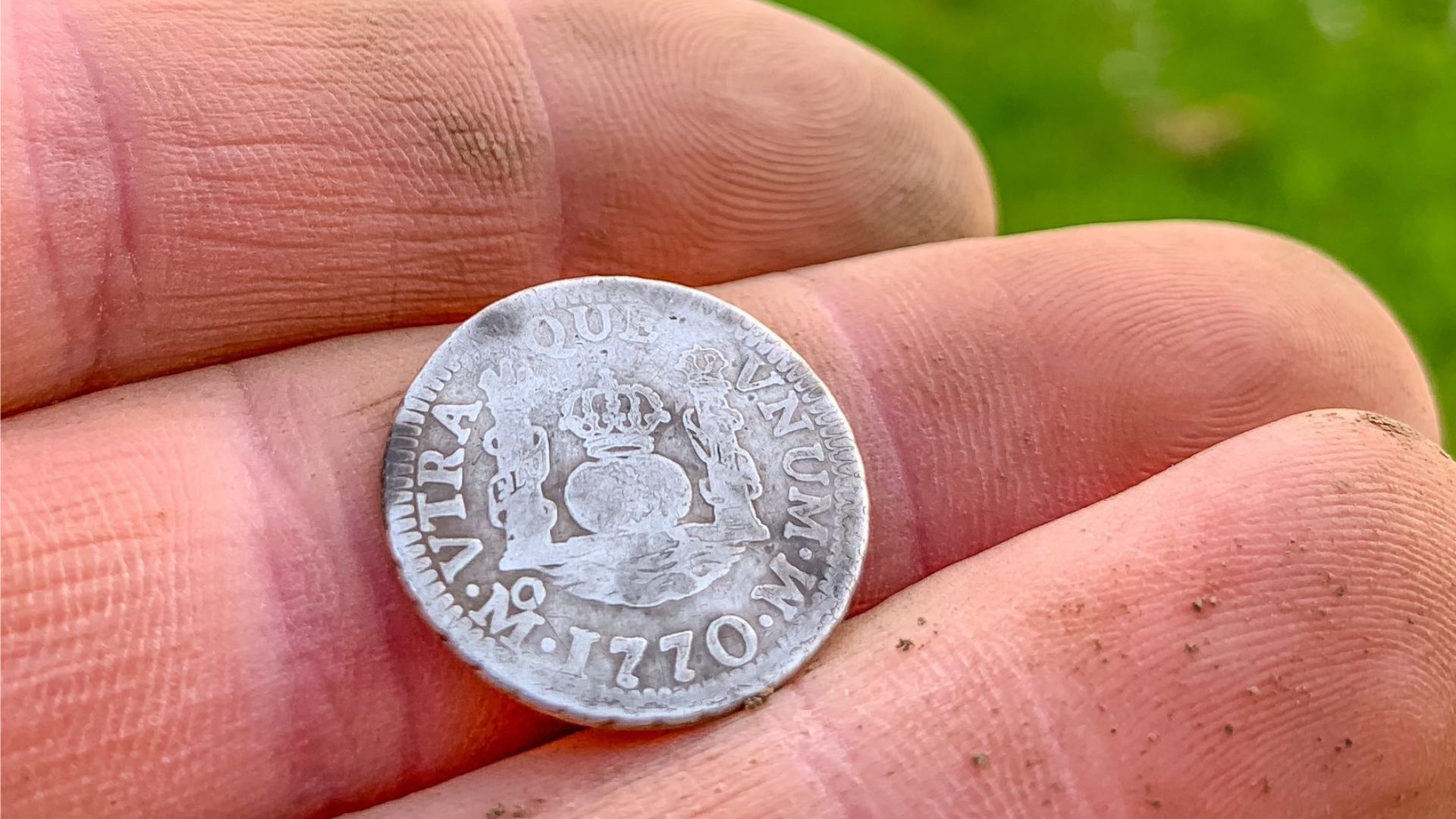
The commitment to preserving the home and its contents has been a key part of its history.
“Much of their belongings remain in the home today,” stated Bryan, noting the importance of maintaining historical artifacts and the personal stories they tell.
The Motivation Behind Preservation
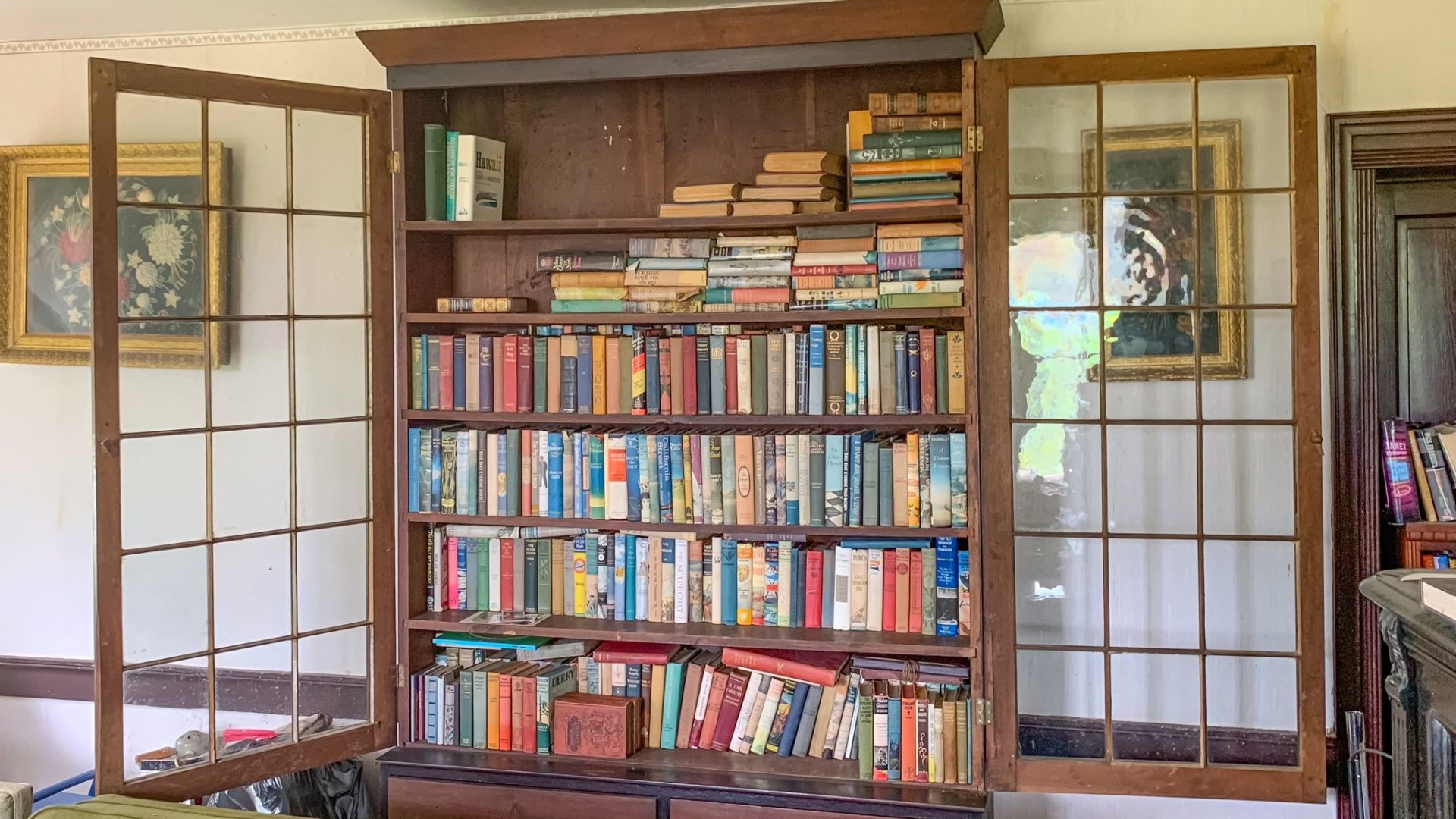
Bryan’s acquisition of the fort was driven by a desire to preserve its historical significance.
“I was never going to live there. I just bought it for the historical significance and to save it,” he said, reflecting a dedication to safeguarding the fort’s legacy for future generations to appreciate and learn from.
Byrnside Fort as a Symbol of American History
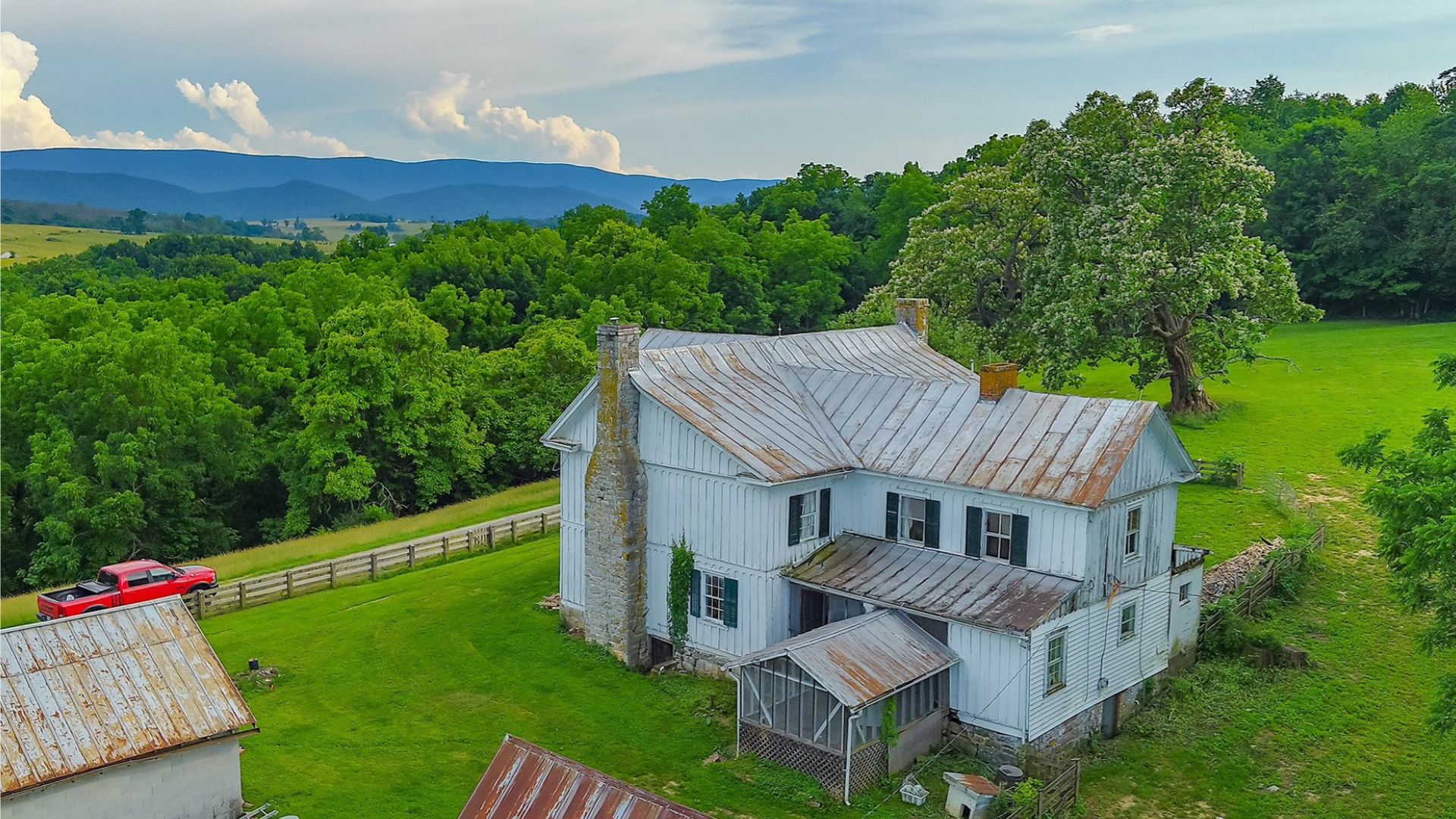
Byrnside Fort represents a unique narrative in the American historical landscape.
“It tells the story of America,” Bryan noted, emphasizing how the fort and its various inhabitants reflect the broader story of American development from the pre-Revolutionary War era through to the present day.
The Challenge of Restoration
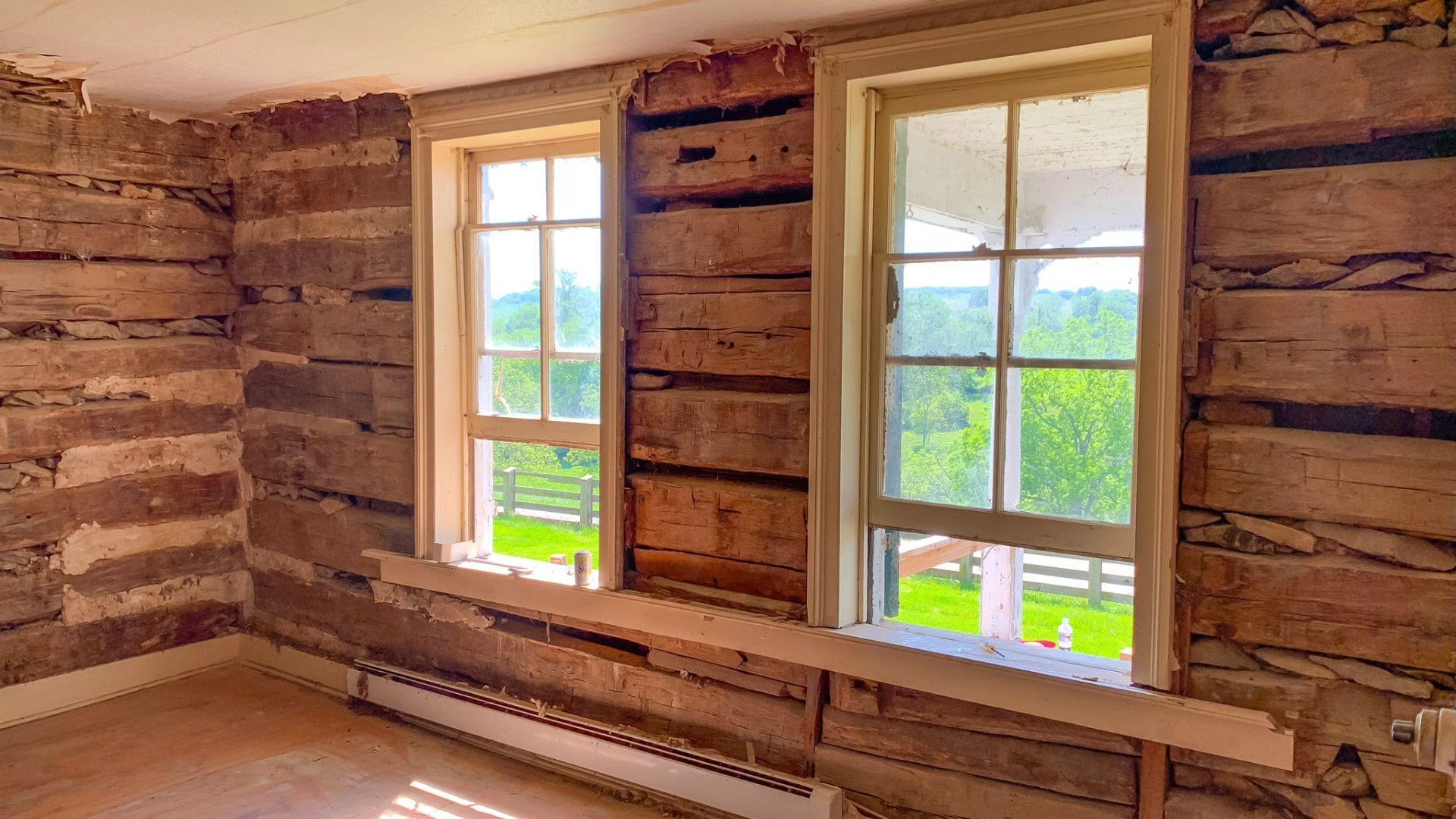
Restoring the fort to its original state was a labor-intensive process. The Daily Mail reports that Bryan meticulously removed layers of 19th-century plaster to reveal the fort’s original white oak logs.
This process also led to the discovery of numerous artifacts, each telling a story of the house’s past occupants.
A Continuation of Historical Exploration
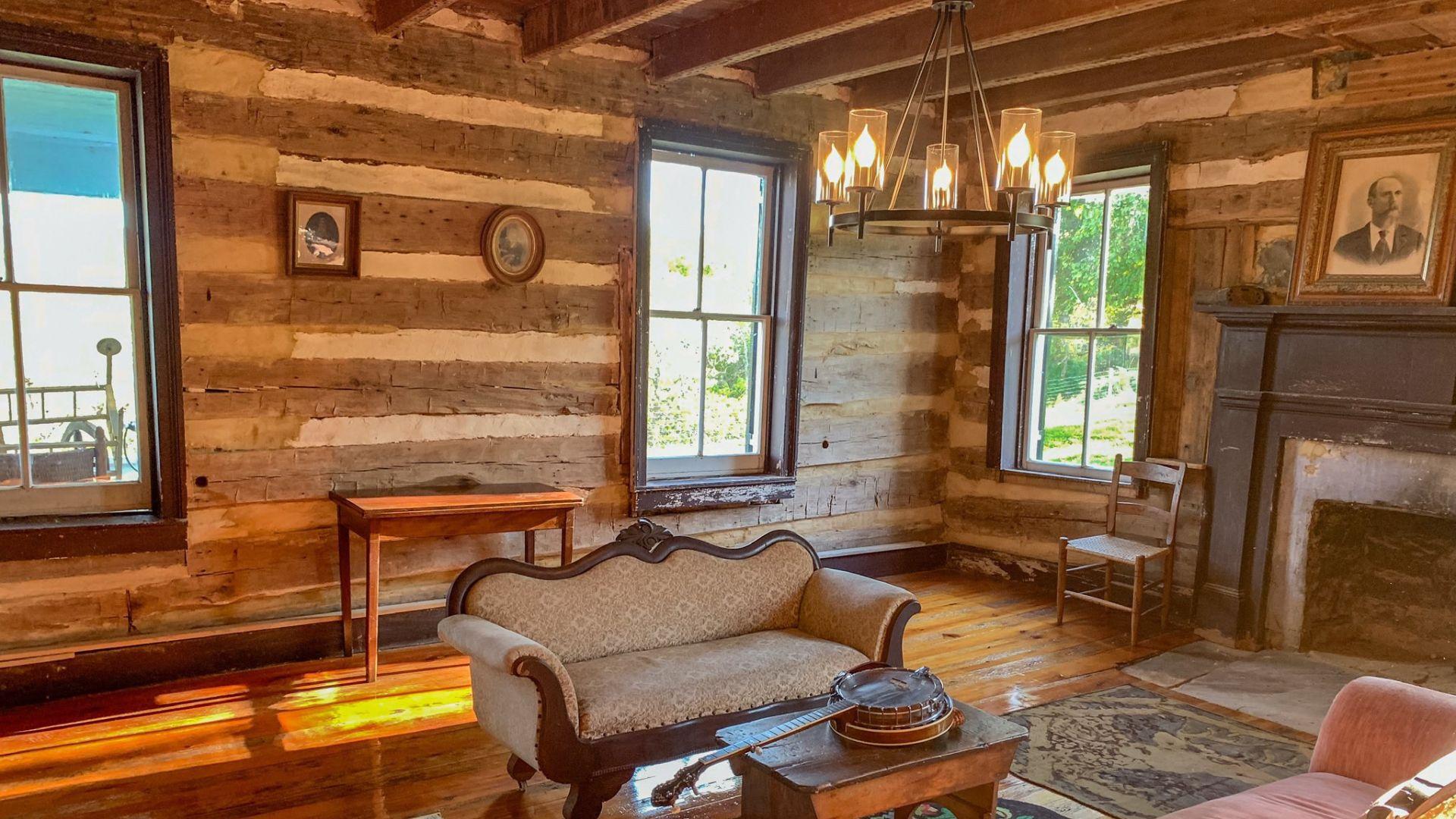
Bryan’s dedication to historical exploration extends beyond the restoration of Byrnside’s Fort.
His passion for pre-Revolutionary War history led him to pursue other historical sites as well. “Tracking down the old forts can be very difficult,” he told The Daily Mail. “Some of them are known, some of them are unknown. And you have to do some investigation work, look at the old handwritten deeds, and compare sources and metal detectors to actually locate sites.”
